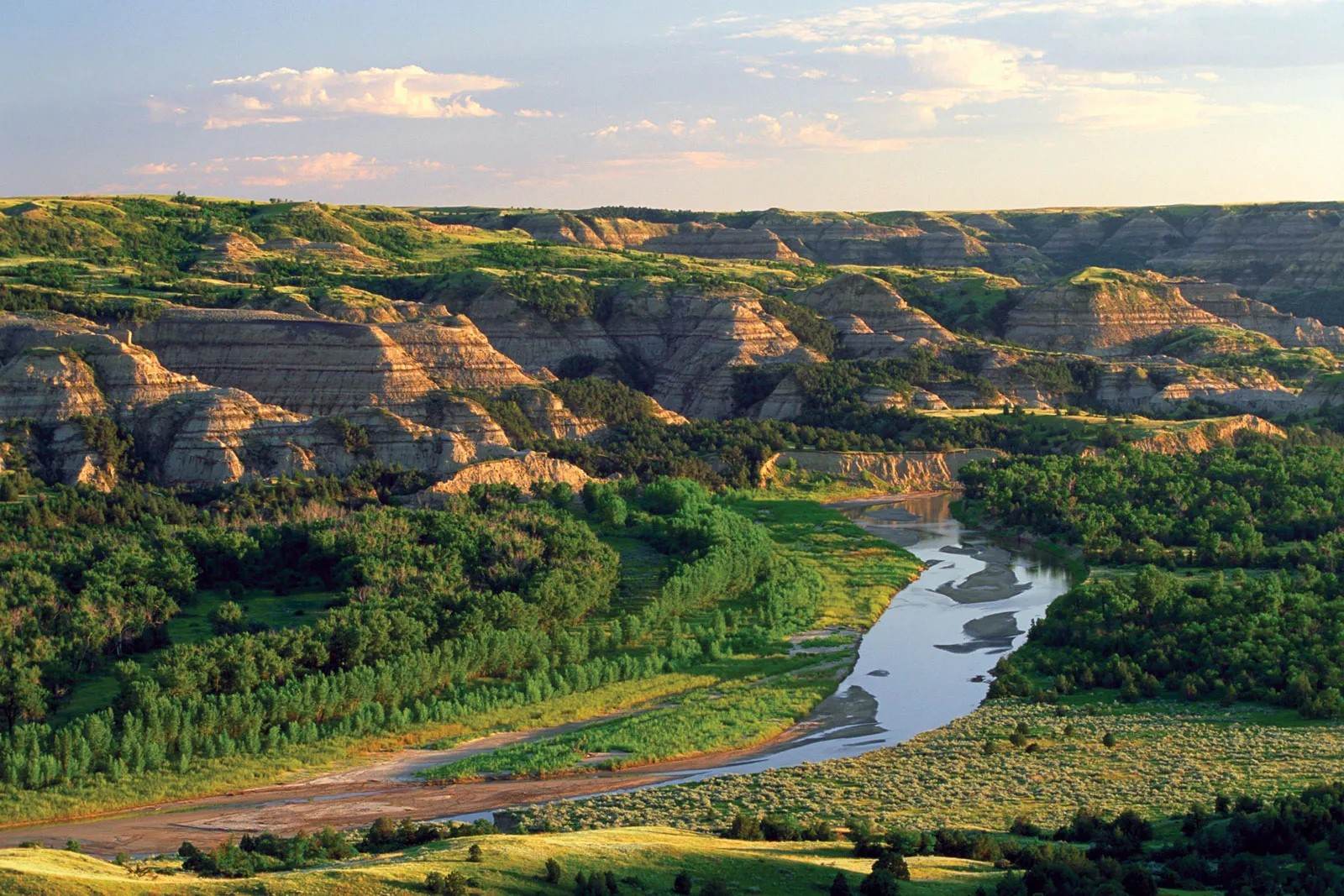Secrets Of North Dakota’s Little Missouri Trading Posts

Have you ever wondered what life was like at the Little Missouri Trading Posts in North Dakota? These historic spots were bustling centers of trade and culture. Traders, trappers, and Native Americans gathered here to exchange goods, stories, and traditions. Imagine the vibrant scenes of people bartering furs for tools, beads, and other essentials. The trading posts were more than just markets; they were melting pots of different cultures and lifestyles. Today, visiting these sites offers a glimpse into the past, letting you walk in the footsteps of those who shaped the region's history. Ready to step back in time? Let's dive into the intriguing world of North Dakota's trading posts.
Discovering North Dakota's Hidden Gems
North Dakota, often overlooked, holds a treasure chest of history and culture. Among its secrets are the Little Missouri Trading Posts. These spots offer a glimpse into the past, where traders and Native Americans exchanged goods and stories. Let's explore some of these fascinating locations.
1. Fort Union Trading Post
Fort Union stands as a testament to the bustling trade era. Located near the Montana border, it was a major hub for fur trading in the 19th century. Visitors can explore reconstructed buildings and learn about the interactions between traders and Native American tribes.
Highlights:
- Authentic reconstructions
- Historical reenactments
- Educational exhibits
2. Fort Buford
Fort Buford, near the confluence of the Missouri and Yellowstone Rivers, played a crucial role in the Indian Wars. It is also where the famous Sioux leader, Sitting Bull, surrendered. The site offers a museum and several original buildings.
Highlights:
- Sitting Bull's surrender site
- Military artifacts
- Guided tours
3. Knife River Indian Villages
This site preserves the history of the Northern Plains Indians. The villages were once bustling communities where trade flourished. Visitors can see earth lodges, artifacts, and learn about the Hidatsa, Mandan, and Arikara tribes.
Highlights:
- Earth lodge reconstructions
- Archaeological artifacts
- Cultural demonstrations
4. Fort Abraham Lincoln
Fort Abraham Lincoln, near Mandan, offers a mix of military and Native American history. It was the home of Lt. Col. George Armstrong Custer before his ill-fated expedition to the Little Bighorn. The site includes reconstructed military buildings and an Indian village.
Highlights:
- Custer's house
- On-A-Slant Indian Village
- Scenic views of the Missouri River
5. Fort Totten
Fort Totten, located near Devils Lake, served as a military post and later an Indian boarding school. Today, it stands as a state historic site with well-preserved buildings and exhibits detailing its diverse history.
Highlights:
- Historic buildings
- Educational exhibits
- Cultural events
6. Fort Mandan
Fort Mandan, where Lewis and Clark spent the winter of 1804-1805, offers a peek into the early exploration of the American West. The reconstructed fort and interpretive center provide insights into the expedition's challenges and achievements.
Highlights:
- Lewis and Clark exhibits
- Reconstructed fort
- Interactive displays
7. Fort Stevenson
Fort Stevenson, now a state park, was originally established to protect settlers and railroad workers. The park offers recreational activities and a museum that showcases the fort's history and its role in the region's development.
Highlights:
- Museum exhibits
- Recreational activities
- Scenic park setting
8. Fort Berthold
Fort Berthold, located on the Fort Berthold Indian Reservation, was a key trading post for the Arikara, Hidatsa, and Mandan tribes. The site includes a museum and cultural center that celebrate the heritage and traditions of these tribes.
Highlights:
- Cultural center
- Tribal artifacts
- Educational programs
9. Fort Rice
Fort Rice, established during the Civil War, played a significant role in the military campaigns against the Sioux. Although only ruins remain, the site offers interpretive signs that tell the story of its strategic importance.
Highlights:
- Historical markers
- Scenic views
- Interpretive signs
10. Fort Yates
Fort Yates, located on the Standing Rock Sioux Reservation, was named after Captain George Yates, who died at the Battle of Little Bighorn. The site includes a museum that explores the fort's history and its impact on the local community.
Highlights:
- Historical exhibits
- Local artifacts
- Community events
Discovering North Dakota's Hidden Gems
North Dakota's Little Missouri trading posts offer a unique glimpse into the past. These sites are rich in history, showcasing the lives of early settlers and traders. Visiting these trading posts, you can almost feel the hustle and bustle of a bygone era. The stories and artifacts found here paint a vivid picture of the challenges and triumphs faced by those who lived and worked along the Little Missouri River.
Exploring these hidden gems provides a deeper understanding of North Dakota's heritage. Whether you're a history buff or just looking for an interesting day trip, these trading posts are worth a visit. They remind us of the resilience and ingenuity of early Americans. So next time you're in North Dakota, take a detour to these fascinating sites. You'll leave with a newfound appreciation for the state's rich history.

